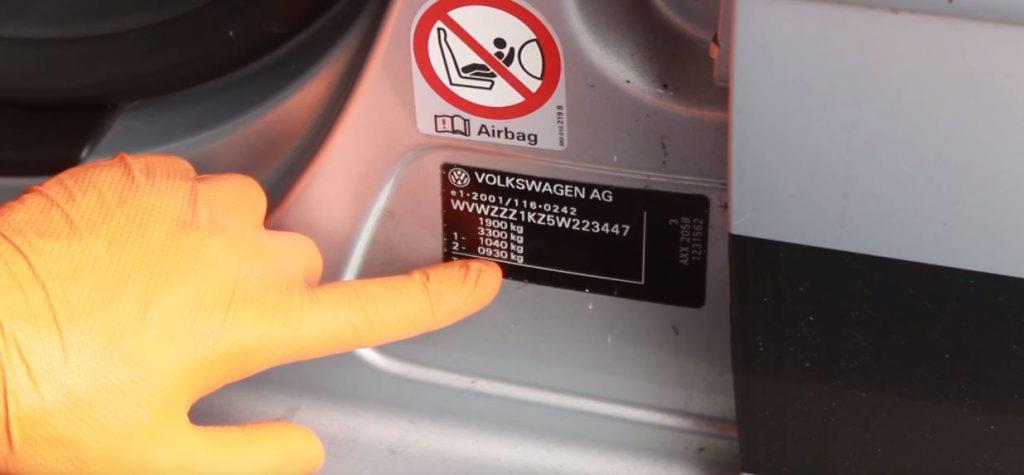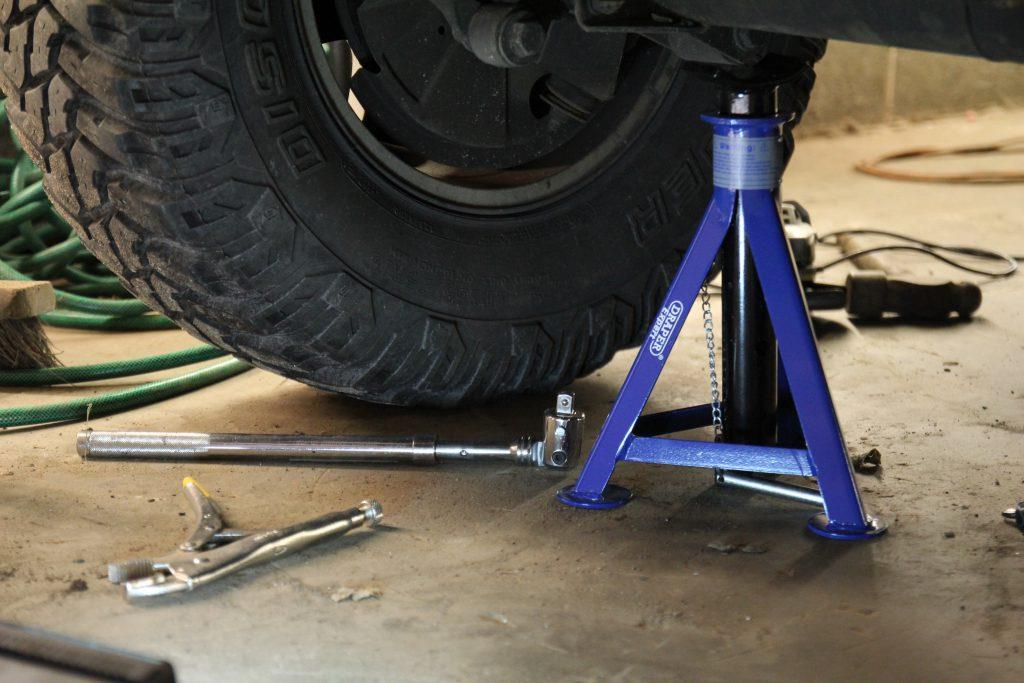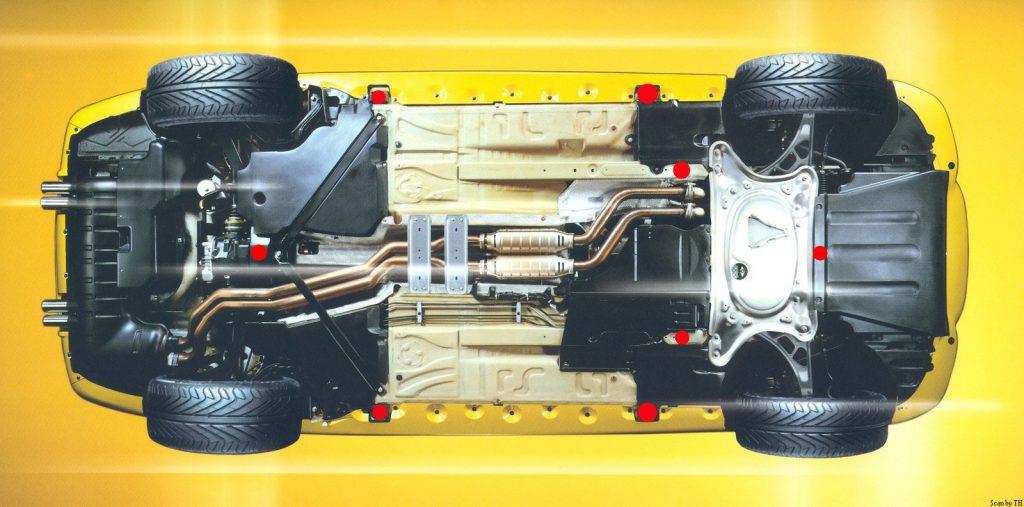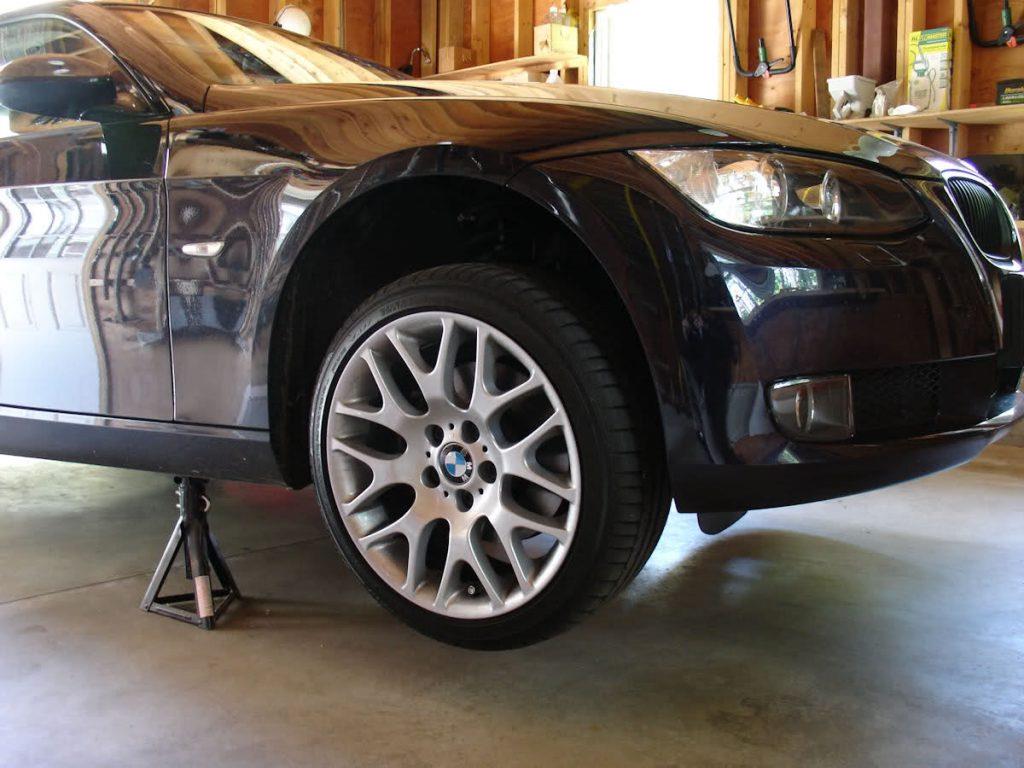When we're working on cars or filming DIY videos for our Youtube Channel we quite often have to use axle stands to support the car. For the sake of watch-ability, it's a process that we just skip over in the videos but it's such a safety-critical thing that we thought we'd show you how it's done- How to support your car safely on Axle Stands.
Why you need axle stands:
If you're doing any sort of work or inspection on a car that requires you to put part or all of your body underneath it, you need axle stands. Why? because if the car fell on you because your jack failed or the car slipped off it, at best you'd be seriously injured and at worst, it could kill you. We don't mean to be sensationalist but most modern cars weigh in excess of a tonne and a half and your squishy human body simply can't support that kind of weight. Jacks rely on mechanical or hydraulic mechanisms to raise the vehicle off the ground, over time it's possible for these mechanisms to wear. it doesn't happen very often but they can fail altogether. More commonly a jack might move on its wheels, causing the car to slip off or with scissor or bottle jacks the movement of the vehicle as it raises can put sufficient lateral load on the jack to cause it to topple over. Axle stands don't have any hydraulic or mechanical moving parts to wear out. They are designed specifically for supporting a vehicle and have a wide stable footprint. Long story short - they're a lot less likely to fail or fall over and as a result are a lot safer, so it's a very good idea to use them! What you need:_(1)_861c45.png)
Where to put axle stands?
Check out our video or read on if you prefer! First ensure your car is on flat, solid ground. Jacking your car on an incline or on soft grass/earth can put a lateral load on your jack/axle stands and cause them to fall over. Next, you need to check how much your car weighs. Look inside the door jambs for a sticker that looks like this:  Check your owners manual for an explanation of what the weights mean for your specific car. On our Golf this is what the weights relate to:
Check your owners manual for an explanation of what the weights mean for your specific car. On our Golf this is what the weights relate to:
- 1900kg - total vehicle weight
- 3300kg - maximum permissible vehicle weight fully laden
- 1040kg - weight of the vehicle at the front axle
- 930kg - weight of the vehicle at the rear axle
So you need to ensure the equipment you're using to lift and support the vehicle exceeds the weights on the sticker/handbook for your car. To be on the safe side we'd recommend using jacks and axle stands that are rated in excess of the total vehicle weight rather than just the weight of the heaviest axle.  Next, put the handbrake on, put the car into gear (or park if it's an auto) and turn off the engine. You then need to chock the wheels as an extra precaution to prevent the car from rolling when you start to jack it up. If you're jacking the rear of the car, chock the front wheels and if you're jacking the front, chock the rear wheels.
Next, put the handbrake on, put the car into gear (or park if it's an auto) and turn off the engine. You then need to chock the wheels as an extra precaution to prevent the car from rolling when you start to jack it up. If you're jacking the rear of the car, chock the front wheels and if you're jacking the front, chock the rear wheels.
Jacking Points On Your Car
Check your owners manual to find where the jacking points are located on your car. On our car there is also a little arrow on the sill moulding to indicate where the jacking points are.  Jack the car to the desired height. If you are able to place the axle stand at the jacking point that would be ideal but quite often there won't be room for both the jack and the stand. If that's the case then you need to find another solid point under the car to position the stands. This will vary from car to car but ideally, you want to go for the strongest accessible point - either a chassis rail or a subframe or suspension mounting point. Don't be tempted to use the engine sump or the floor pan as points for axle stands, despite being large flat surfaces they are not strong enough and you could do serious damage to the car or engine if you use these points to support the car.
Jack the car to the desired height. If you are able to place the axle stand at the jacking point that would be ideal but quite often there won't be room for both the jack and the stand. If that's the case then you need to find another solid point under the car to position the stands. This will vary from car to car but ideally, you want to go for the strongest accessible point - either a chassis rail or a subframe or suspension mounting point. Don't be tempted to use the engine sump or the floor pan as points for axle stands, despite being large flat surfaces they are not strong enough and you could do serious damage to the car or engine if you use these points to support the car.  When you have a suitable place to position the stands, raise it to the desired height (if yours are adjustable) and insert the locking pin. Lower the jack slowly and carefully until the weight of the car is transferred to the stand. If you're removing a wheel from the car you can also slide that underneath the sill as an extra safety measure. If you're jacking the other side of the car or all 4 corners, the process is the same, just proceed with caution, take your time and always work with another person where possible.
When you have a suitable place to position the stands, raise it to the desired height (if yours are adjustable) and insert the locking pin. Lower the jack slowly and carefully until the weight of the car is transferred to the stand. If you're removing a wheel from the car you can also slide that underneath the sill as an extra safety measure. If you're jacking the other side of the car or all 4 corners, the process is the same, just proceed with caution, take your time and always work with another person where possible.